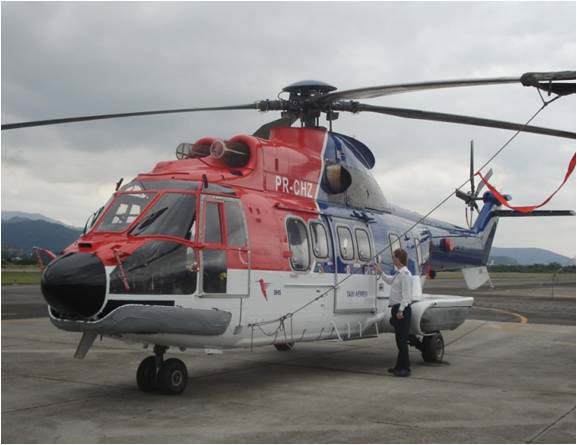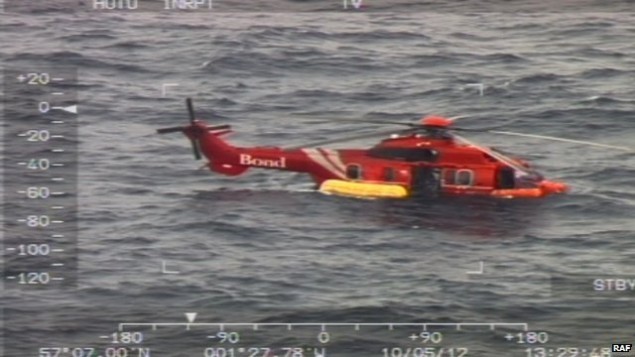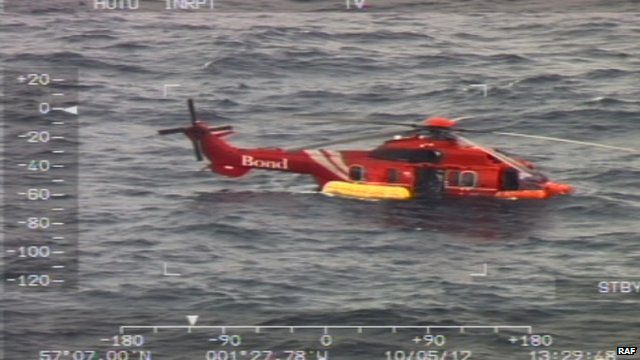It cost Canada’s military $2,748,046 to rescue wealthy tourists and a hunting party from a drifting Arctic ice floe this summer after planes and helicopters from five provinces were scrambled to the north — while the tourists were being served dinner in a heated dining tent.
Highlighting the enormous costs of operating in Canada’s far north, the astounding bill for the June operation does not even include the expenses for the RCMP or local rescuers who were also involved.
The military was called on June 25 after an ice floe on Admiralty Inlet, near Arctic Bay on Baffin Island, broke away during the night with a tour group and an Inuit hunting party camping atop.
The rescue mission started after the tour group — comprised of 10 tourists from Japan, Jordan, Australia, Britain, France, United States and Canada and 10 staff — noticed the floe, 50 kilometres long and 25 km wide, was drifting toward the Northwest Passage.
By far the largest cost was sending in aircraft.
Related
Rescuers descend on Nunavut after ice floe carrying tourists suddenly breaks away from land
Reality TV stars crossing Northwest Passage require costly rescue after path through Arctic blocked by ice
Michael Den Tandt: After the photo ops, Harper must deliver on promises in the Arctic
Deployed for the mission were three CC-130h Hercules transport planes, two Ch-146 Griffin helicopters and a Ch-149 Cormorant helicopter. The aircraft came from bases in Winnipeg, Trenton, Ont., Greenwood, N.S., St. Hubert, Que., and Gander, N.L.
The military factors in the cost of fuel, maintenance, flight crews, ground and operational support and amortized procurement to determine its flight costs: The rate per flying hour for a Hercules is $30,792; for a Griffon, $11,919; and for a Cormorant, $32,325.

RCAF An aerial photo of the tourists and hunters stranded on an ice floe on Admiralty Inlet.
The total cost for the aircraft deployed in the rescue was $2,270,282, according to internal military documents obtained by the National Post through the Access to Information Act. Even absent the amortized costs of the craft, the raw expense of flying was $1,044,302.
The first Hercules to arrive dropped a “radio message dropper” to both groups, so those on the ground could talk to crews in the air. Over the mission, five were deployed, each costing $493.37.
The 11-member hunting party signalled they were “all OK” and “too busy to talk,” a military mission report said. The tour group, however, was concerned the ice was “making large ominous sounds.”
Three sea-rescue survival kits — consisting of a six-person life raft, survival equipment and radio — were airdropped to the tourists “just as a precaution.” Each costs $23,000, weren’t needed but cannot be reused.
Also airdropped were five waterproof radio transmitters, costing $352.96 and five light markers at $62.93 each, according to a “Miscellaneous Loss Report” filed after the mission.
Operations in the Arctic typically cost extra.
The daily food allowances for personnel on duty in Nunavut are almost double those in most parts of Canada: $70.30 for a supper in Nunavut as opposed to $41.75. Hotels are also more expensive. A room in Arctic Bay cost $231 per night.
There was a total of $2,688 spent on meals, accommodation and incidentals.
The mission also cost $2,903 for civilian overtime and $5,910 for military salaries, although the military wages would have been paid regardless of the mission.
In the end, both the hunters and tourists got off the ice floe on their own but needed a lift by helicopter to Arctic Bay.
The Canadian Forces defended the large expense as the necessary cost of protecting Canada and Canadians.
“When human lives are at risk — although there is a dollar value attached to it — I’m not sure that a cost can really be calculated,” said Master Warrant Officer Greg Smit, a search and rescue advisor with the military’s Canadian Joint Operations Command.
“Canadians expect us to do this,” he said.
“When people are in distress in this country, we utilize our assets to find these people and bring them back to safety.”
 www.arctickingdom.com
www.arctickingdom.com A handout photo of shelters used for "ice safari camp" by Arctic Kingdom for tours.
Immediately after the rescue, the tour director told the Post that the situation “was never an emergency” and his clients “were having dinner served to them and listening to presentations” while the military was mobilizing.
The tour was advertised as costing $10,900, plus $4,524 for return flights from Ottawa to Arctic Bay, based on double occupancy.
Master Warrant Officer Smit said the relative luxury of those being rescued is not part of the military’s calculus.
“Although lives may not have been hanging by a thread at that particular point, in the North or off the coast, things can change quickly,” he said.
“What the people were doing is a detail that doesn’t change the responsibility of the folks at the pointy end of it, those doing the rescue.”
Despite that, the flight crews seemed to be under the impression the victims were “a 20-man research / film crew” rather than tourists and their guides, according to a report written by a Search and Rescue team leader.
While a Hercules was refuelling for its return to base in Winnipeg, the crew were told that all 31 people on the ground had been safely brought to Arctic Bay airport. Their mission was over, their duty done.
National Post -
http://news.nationalpost.com/2013/09/24/canadian-military-spent-2-7-million-to-rescue-wealthy-tourists-off-of-breakaway-ice-floe/












 Sd
Sd 




































 MV NORDIC ORION
MV NORDIC ORION
